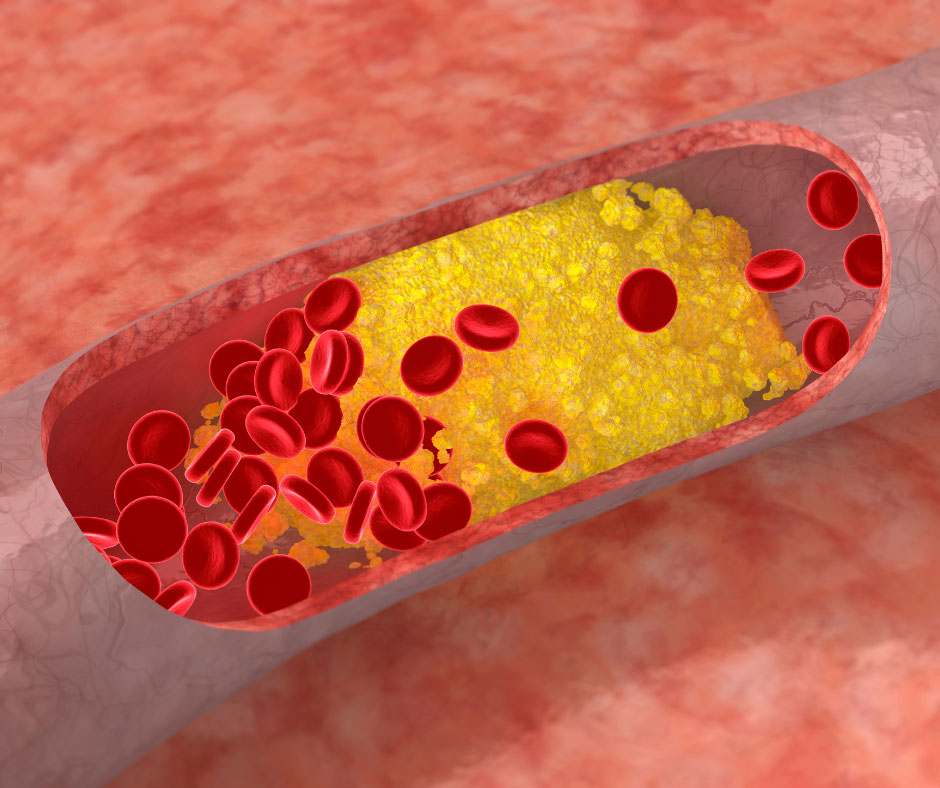For most healthy adults, 30 minutes of moderate to vigorous exercise, 3-5 times a week is recommended. But that leaves us wondering: What does “moderate to vigorous” actually mean?
Do you ever wonder whether you’re doing too much or too little during a workout?
The intensity of your workout is actually deciphered by the pace of your heart rate. We want to show you how to determine your target heart rate zone for moderate to vigorous exercise so that you can easily find your personal target zone so that you can get the most out of every workout.
Watch this video to see what we mean!
Step 1: Find Your Resting Heart Rate
Your resting heart rate is the amount of times your heart beats in one minute while you are resting. The best time to find your resting heart rate (RHR) is first thing in the morning, before you’ve even gotten out of bed. To find your pulse:
- Lightly press two fingers on the inside of your wrist, closest to your thumb, to find your artery.
- OR– Lightly press two fingers at the edge of your jaw, close to your neck, to find your artery.
- Count your pulse for 30 seconds and then multiply the number by 2 to find your bpm (beats per minute).
The average adult will have a resting heart rate between 60 and 100 beats per minute. However, someone who is very physically fit may have a resting heart rate as low as 40 bpm! Usually, a lower heart rate means that the heart muscle doesn’t have to work as hard to maintain a steady rhythm.
Step 2: Find Your Max Heart Rate
Maximum heart rate is the highest number of beats per minute that your heart can pump under maximum stress.
Find your max heart rate (MHR) by subtracting your age from 220.
For example: If you are 40, your approximate max heart rate is 180.
You Could Stop There…
You could find the average target heart rate zone for a person your age by calculating 50% & 85% of your max heart rate or by looking at a chart like this one. However, this zone is not specific to you and does not take your personal fitness level into account. Let’s keep going!
Step 3: Find Your Heart Rate Reserve
Next, subtract your resting heart rate from your max heart rate to find your heart rate reserve (HRR). The equation looks like this:
RHR – MHR = HRR
Step 4: Calculate Your Zone
- Multiply your heart rate reserve by 0.5 and add it to your resting heart rate to find the lowest number in your target heart rate zone.
HRR x 0.5 + RHR
- Multiply your heart rate reserve by 0.7 and add it to your resting heart rate to find the middle number in your target heart rate zone.
HRR x 0.7 + RHR
- Multiply your heart rate reserve by 0.85 and add it to your resting heart rate to find the highest number in your target heart rate zone.
HRR x 0.85 + RHR
The three numbers calculated in step 4 represent the range of your personal target heart rate zone. The range between your lowest number and your middle number represents your target heart rate zone for moderate exercise and the range between your middle number and your highest number represents your target heart rate zone for vigorous exercise.
You have now identified your target heart rate zone for moderate to vigorous exercise!
To find your heart rate during a workout, simply find your pulse on your wrist or neck and count how many times your heart beats in 30 seconds. Multiply that number by 2 as you are finding how many times your heart is beating per minute.
If you’re just beginning your fitness journey, aim for the lower end of your target zone and gradually work your way up!
Want to see all of the math come together? WATCH THIS VIDEO to see Hannah with The Heart Foundation identify her target heart rate zone for moderate to vigorous exercise. Follow The Heart Foundation on Instagram & TikTok!









